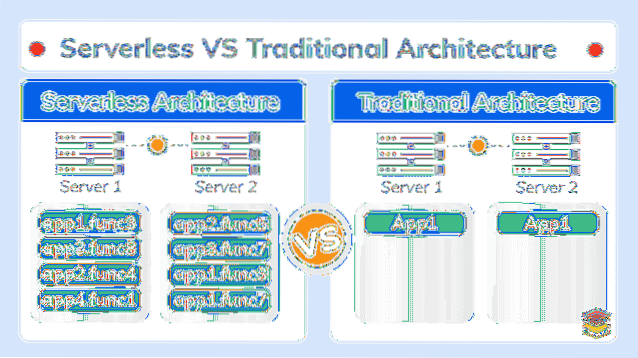A symbolic or soft link is an actual link to the original file, whereas a hard link is a mirror copy of the original file. If you delete the original file, the soft link has no value, because it points to a non-existent file. But in the case of hard link, it is entirely opposite.
- What are soft links in Linux?
- How do I know if I have hard link or soft link?
- What is hard link and soft link in UNIX?
- What is the difference between hard links and symbolic links?
- How do I see symbolic links in Linux?
- How do I find all hard links in Linux?
- What is hard link count?
- How can I tell if a directory is hard link?
- Does deleting a hard link delete the file?
- How soft link works in Linux?
- What is the use of hard link in Linux?
- What is $? In Unix?
What are soft links in Linux?
A symlink (also called a symbolic link) is a type of file in Linux that points to another file or a folder on your computer. Symlinks are similar to shortcuts in Windows. Some people call symlinks "soft links" – a type of link in Linux/UNIX systems – as opposed to "hard links."
How do I know if I have hard link or soft link?
You can check if a file is a symlink with [ -L file ] . Similarly, you can test if a file is a regular file with [ -f file ] , but in that case, the check is done after resolving symlinks. hardlinks are not a type of file, they are just different names for a file (of any type).
What is hard link and soft link in UNIX?
A hard link is a file that points to the same underlying inode, as another file. In case you delete one file, it removes one link to the underlying inode. Whereas a symbolic link (also known as soft link) is a link to another filename in the filesystem.
What is the difference between hard links and symbolic links?
A hard link is essentially a synced carbon copy of a file that refers directly to the inode of a file. Symbolic links on the other hand refer directly to the file which refers to the inode, a shortcut.
How do I see symbolic links in Linux?
To view the symbolic links in a directory:
- Open a terminal and move to that directory.
- Type the command: ls -la. This shall long list all the files in the directory even if they are hidden.
- The files that start with l are your symbolic link files.
How do I find all hard links in Linux?
Hard Links are harder to identify unless you know what you are looking for. It can still be identified using the same ls command but you will need to use the long listing format by using the -l command line option. In the long listing format, the second column denotes the number of hard links to the file.
What is hard link count?
In the case of a regular file, the link count is the number of hard links to that file. However, Unix file systems don't let you create hard links to directories, yet the link count on a directory is always at least two, and even increases by one for each sub-directory in that directory.
How can I tell if a directory is hard link?
If you find two files with identical properties but are unsure if they are hard-linked, use the ls -i command to view the inode number. Files that are hard-linked together share the same inode number. The shared inode number is 2730074, meaning these files are identical data.
Does deleting a hard link delete the file?
Deleting the hard link does not delete the file it is hardlinked to and the file that was linked to remains where it is. all files in your disk are actually pointers to the real data on your drive.
How soft link works in Linux?
A soft link is similar to the file shortcut feature which is used in Windows Operating systems. Each soft linked file contains a separate Inode value that points to the original file. As similar to hard links, any changes to the data in either file is reflected in the other.
What is the use of hard link in Linux?
In computing, a hard link is a directory entry that associates a name with a file on a file system. All directory-based file systems must have at least one hard link giving the original name for each file. The term “hard link” is usually only used in file systems that allow more than one hard link for the same file.
What is $? In Unix?
$? -The exit status of the last command executed. $0 -The filename of the current script. $# -The number of arguments supplied to a script. $$ -The process number of the current shell. For shell scripts, this is the process ID under which they are executing.
 Gyoumagazine
Gyoumagazine



